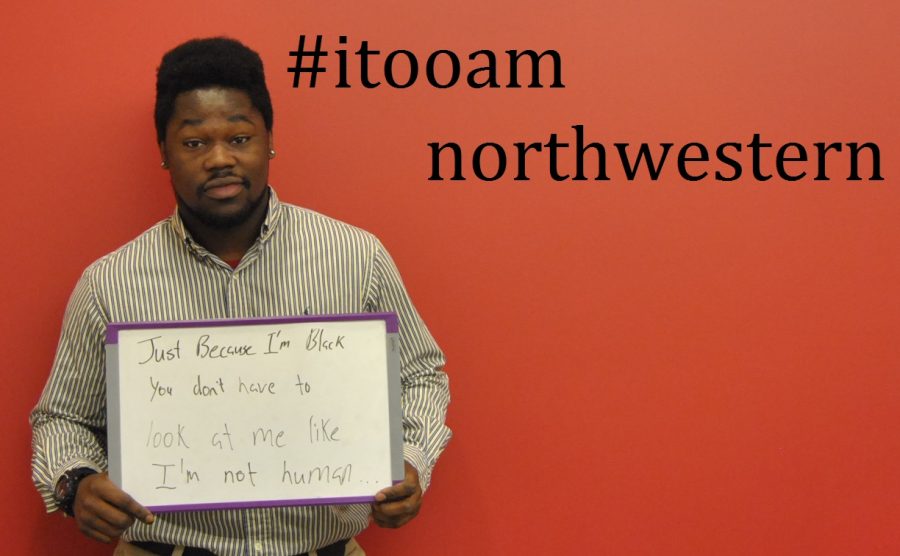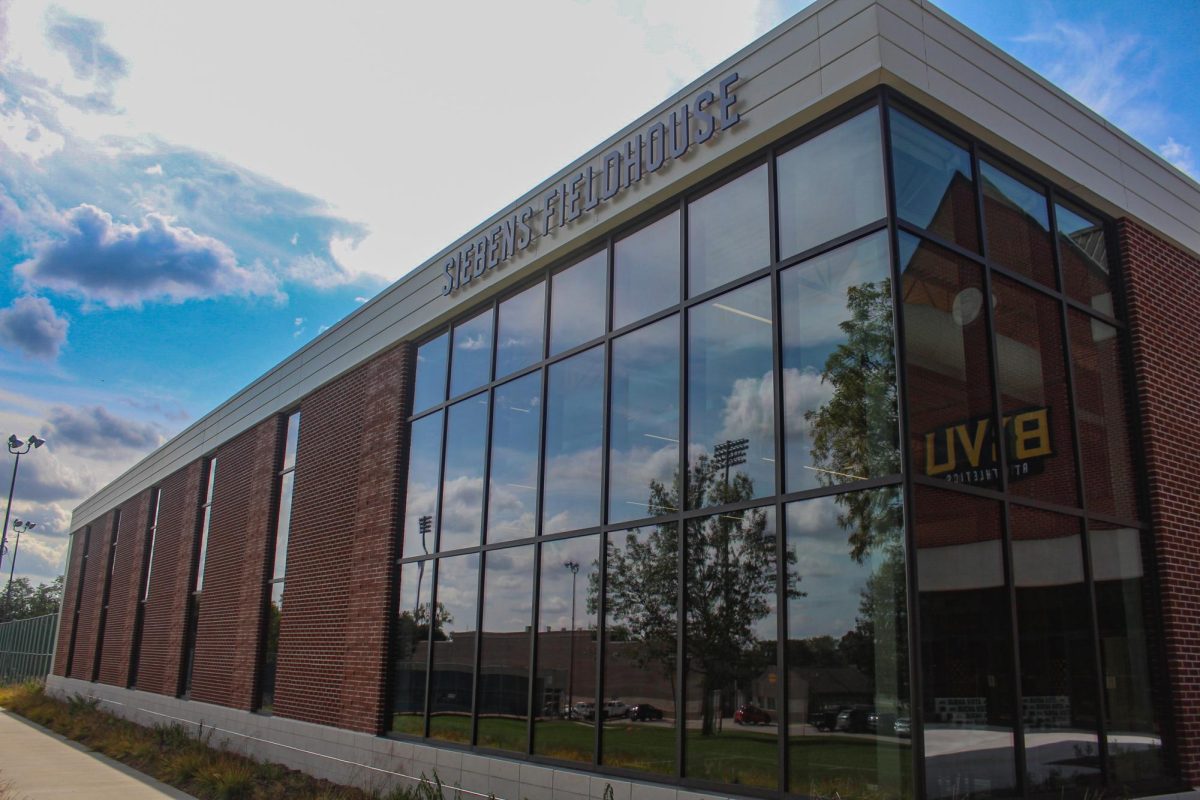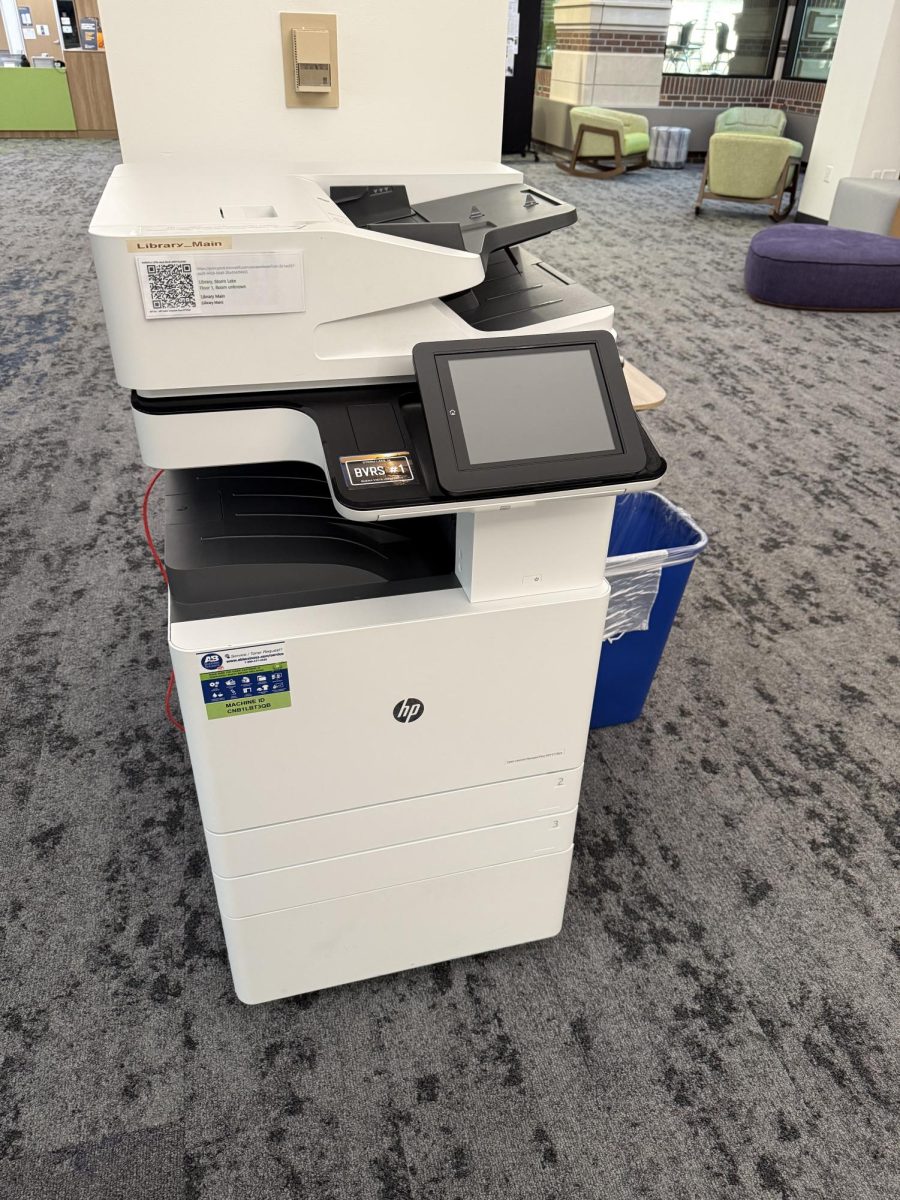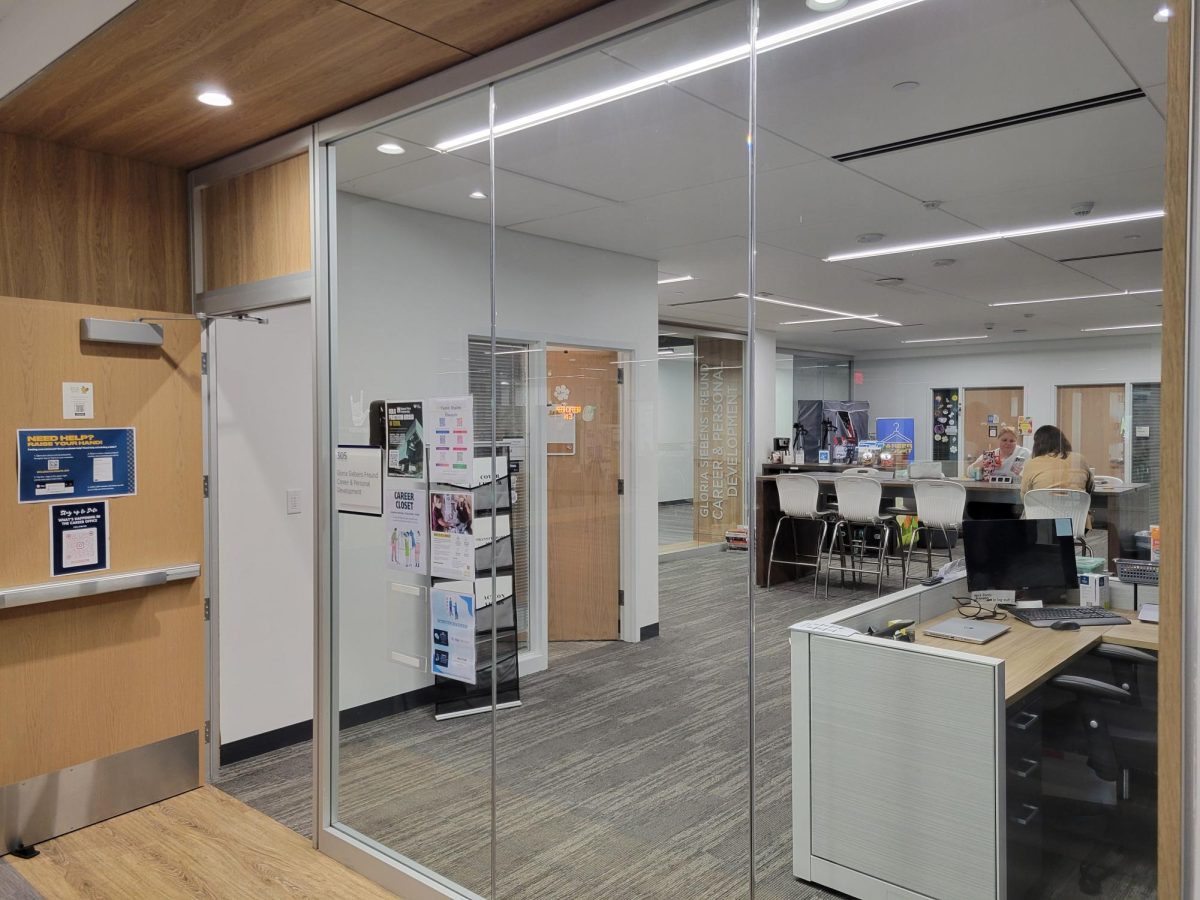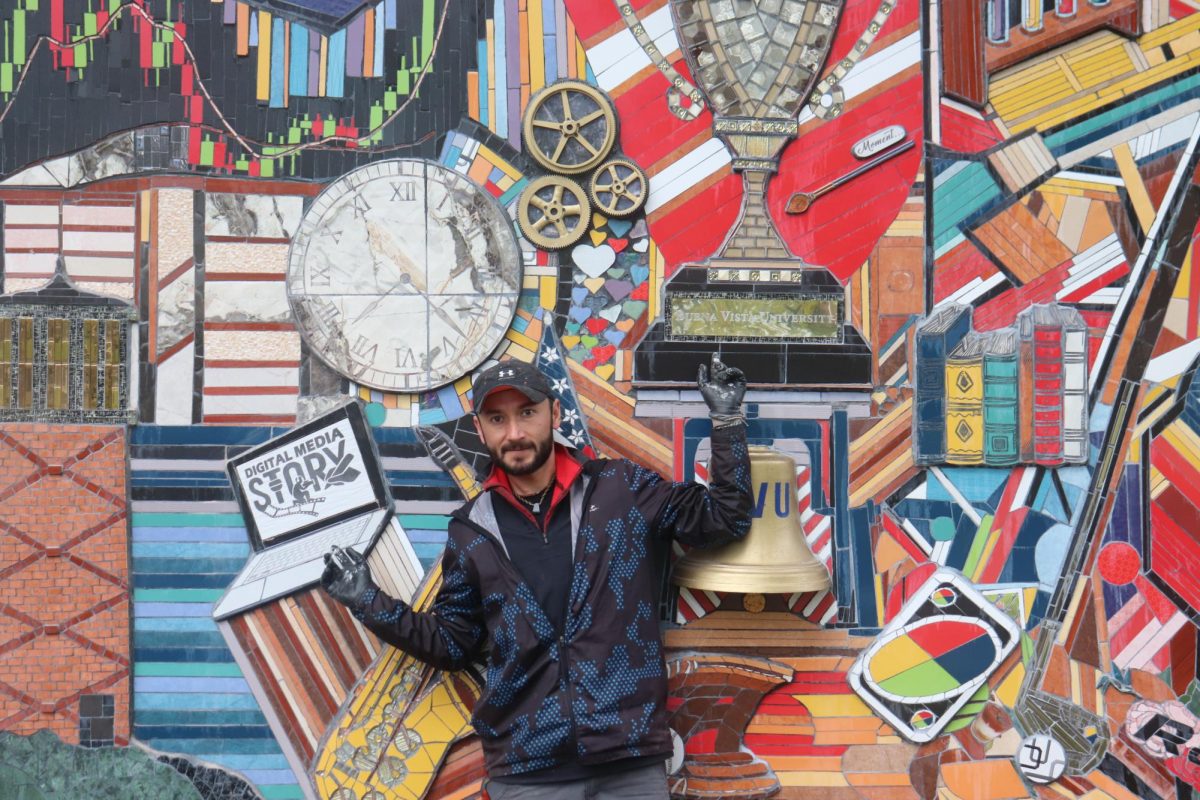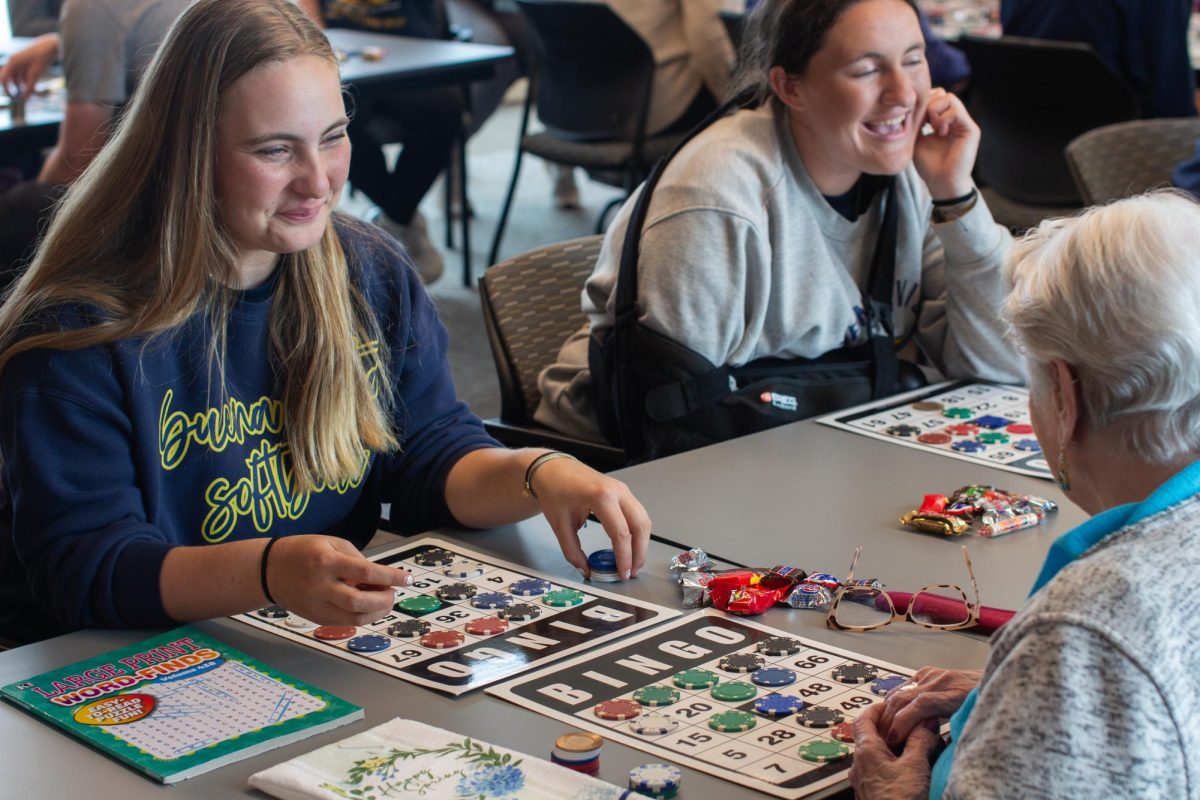Kevin Coriolan | News Editor
Around the country, college students are carrying out projects that challenge current notions of what it means to be black, female, homosexual or any other kind of traditionally marginalized identity on a college campus. This is happening all the way from Harvard to Buena Vista University (BVU).
The Cultural Leadership Conference (CLC) at BVU is an annual chance for high school and BVU students to work together to gain awareness of diversity and leadership. Through motivational speakers, team building activities, and reflection, the CLC has been challenging participants to look at issues of race, class, gender, and sexual orientation for 13 years.
The high school students who participate come from all around the country and must apply to be accepted to the conference. Part of the conference focuses on exposing these teenagers to campus life by allowing them to shadow classes and stay in college dorms. But the true essence of the CLC is the conversation on diversity.
“We can’t define who we are if we don’t know what we stand for,” junior Jordan Flynn said.
As one of three CLC coordinators this year, Flynn sees the benefits that the CLC will have on the BVU campus and the high school students.
“We [coordinators] don’t plan on changing them, but we hope to enlighten them that just because you’re white, or you’re gay, or because you have an eating disorder, it doesn’t matter. We want you to know that you can express who you are through your words and actions,” Flynn said.
This is similar to Nayely Becerra’s at Northwestern College (NW) in Orange City, IA. Becerra is a co-coordinator of the “I, Too, Am Northwestern” campaign. This project uses social media and photos to educate others on diversity. Photos of NW students holding white boards with micro-aggressions (conflicts of diversity) written on them are displayed on a Tumblr page, sometimes with a tone of humor and other times with an air of disgust.
“We’re facilitating a conversation and a way for people to talk about how we can respond,” Becerra said. The discussion on diversity is advertised on Facebook, Twitter, Instagram, and the main hubspot of Tumblr.
“I, Too, Am Northwestern” is not the first of its kind, however. Students at Harvard University made “I, Too, Am Harvard” which focuses on the black student population after a controversial article about affirmative action had been published on campus. Both a play and a Tumblr page were produced to showcase the issues that persist from being black at the Ivy League school in Cambridge, MA.
One photo included the message “Surprise! My application to Harvard wasn’t just a picture of my face,” referring to affirmative action. Another photo displayed a black woman holding a sign saying “Are you all so fast because you spend so much time running form the cops?”
Other schools who have Tumblr pages in the “I, Too, Am” movement include the University of Iowa, LeHigh University, Davidson College, Lewis and Clark College, and even Oxford University.
But the movement is still not perfect.
“People aren’t talking about it as much as we wanted them to,” Beccara said. “The majority on this campus won’t listen unless the other, the majority, whatever that is, starts talking about it.”
Some feel that the campaigns may be targeting the wrong audience. Unlike the CLC, the “I, Too, Am” movement connects with the victims of micro-aggressions by identifying with the minority audience. However, the ones who have the power to actually make changes at NW, a college of over 1000 students, are the majority. The CLC, however, works with all people because all types of high school students are physically present on campus over the weekend.
“The “I, Too, Am Harvard” campaign is more of an expressive [medium], while the CLC is more ‘how are you going to deal with it?’” Flynn said. Through two-way conversations between high school students and BVU students combined, problems are analyzed and simulated.
Whatever media is used to spark conversation on diversity, both the CLC and the “I, Too, Am” movement are working to enlighten American young adults and college students.
Photo courtesy of Carly Rozeboom



